Exploring Advanced Material Handling Solutions
Material Handling Equipment
Take a look at the different types of advanced material handling systems, what to consider when researching them, and how to implement the right solution for your needs.
Thank you for submitting your consultation request.
A member of the team will be in touch shortly.
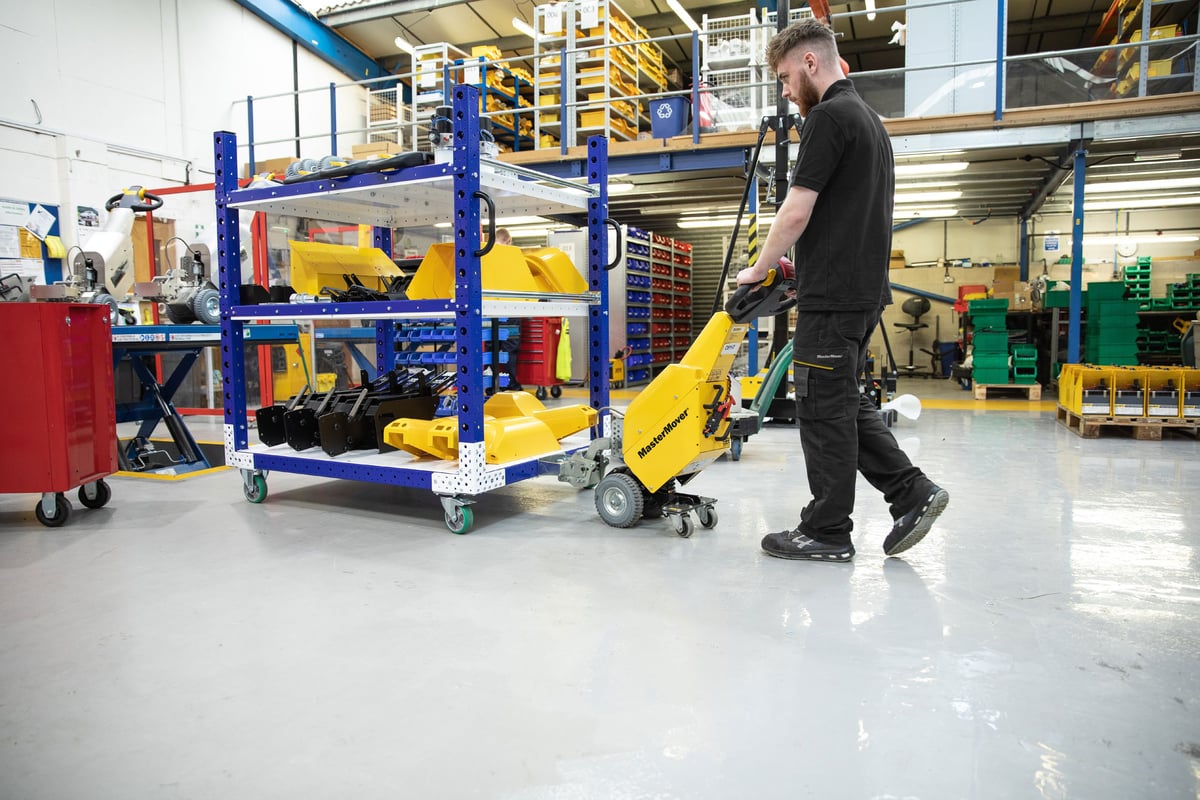
Advanced Solutions for Maximum Efficiency
For businesses of all shapes and sizes, achieving maximum efficiency is crucial for success. A critical factor in this is how businesses handle materials, parts, and equipment. It’s important to understand material handling, its role, and how advanced systems can improve efficiency.
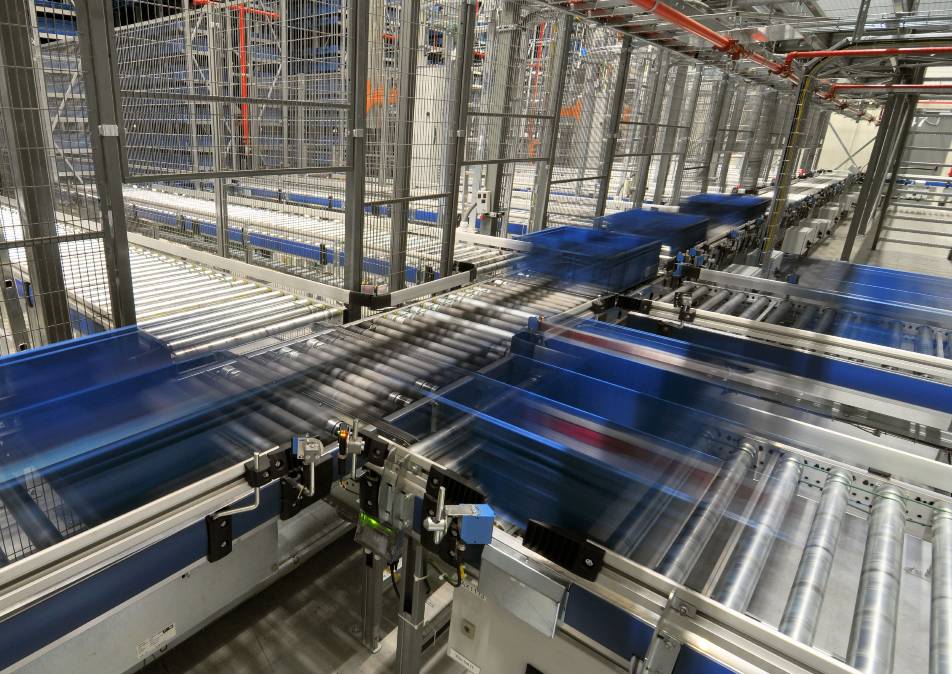
Understanding Advanced Handling Processes
Material handling involves the movement and storage of materials throughout the supply chain. This ensures products, equipment and other materials are delivered on time, to the correct place, and in the right condition.
Effective handling improves productivity, reduces operational costs, and improves safety. The most efficient handling processes focus on reducing the number of times products are moved, reducing wasted time and maximising throughput.
What is Material Handling?
Material handling includes a range of activities such as loading and unloading, storing, picking and packing, and transporting. It starts with the receipt of raw materials and ends with delivering products to customers. Material handling is an essential component of supply chain management across industries such as manufacturing and logistics and has a significant impact on the success of a business.
Efficient material handling is a complex process that typically involves the use of specialised equipment. Careful planning and execution are necessary to ensure the right materials are delivered to the right place, at the right time.
Material handling processes typically begin with the receipt of raw materials, which are stored in a warehouse or distribution centre. From there, the materials are picked and packed for shipment to various locations.
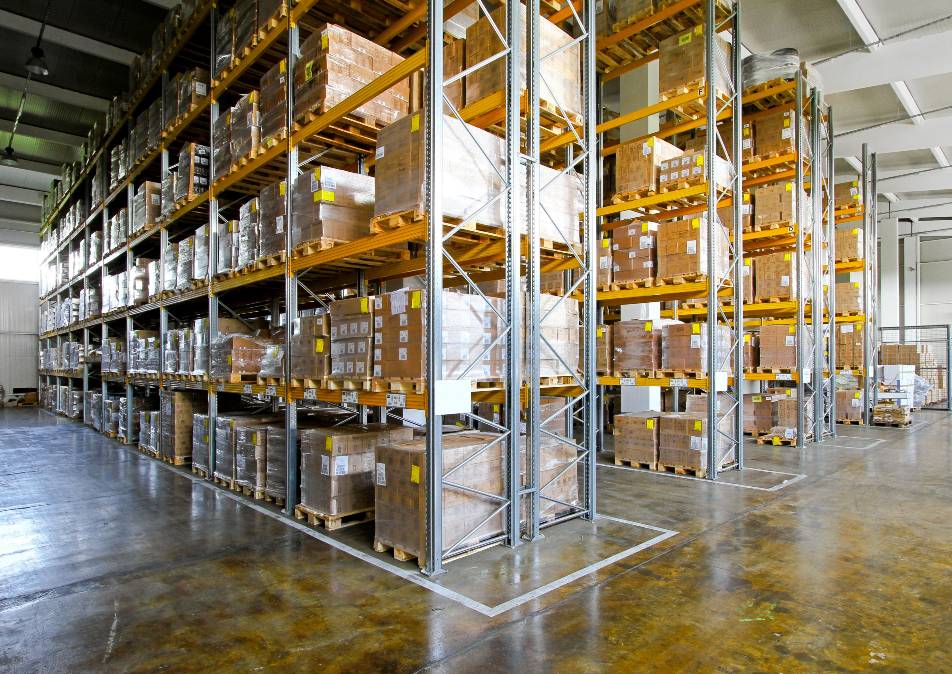
The Role of Material Handling in Supply Chain Management
Material handling is an integral part of supply chain management. Processes such as inventory management, packaging, and transportation, rely on efficient material handling. Poor management of handling processes can cause delays - leading to inefficiencies and increased costs.
Efficient material handling is critical to maintaining agility and competitive advantage. Companies can gain a competitive advantage by efficiently managing their supply chain, enabling them to quickly respond to changing market conditions and customer demands.
Key Benefits of Efficient Material Handling
Advanced and optimised material handling allows businesses to benefit from reduced costs, improved productivity, and increased safety. Having the right material handling equipment in place also improves safety, reducing manual handling and the risk of workplace injuries.
Effective material handling processes also help businesses maximise space, leading to a more efficient use of resources. By implementing efficient material handling practices, companies can reduce costs, increase operational efficiency, and improve safety.
Different Types of Advanced Material Handling Solutions
Technological advancements in the material handling industry enable businesses to benefit from more advanced material handling solutions, including:
-
Automated Guided Vehicles (AGVs)
-
Robotic Material Handling Systems
-
Conveyor Systems and Sorting Solutions
-
Warehouse Management Systems (WMS)
-
Material Handling Equipment
-
Electric Tugs
Automated Guided Vehicles (AGVs)
An Automated Guided Vehicle (AGV) is a material handling system that travels autonomously without the need for an operator. They are able to navigate autonomously, either through natural navigation or by following a defined path on the floor. AGVs can handle tasks such as transportation, assembly, and packing, and improve efficiency and resource utilisation.
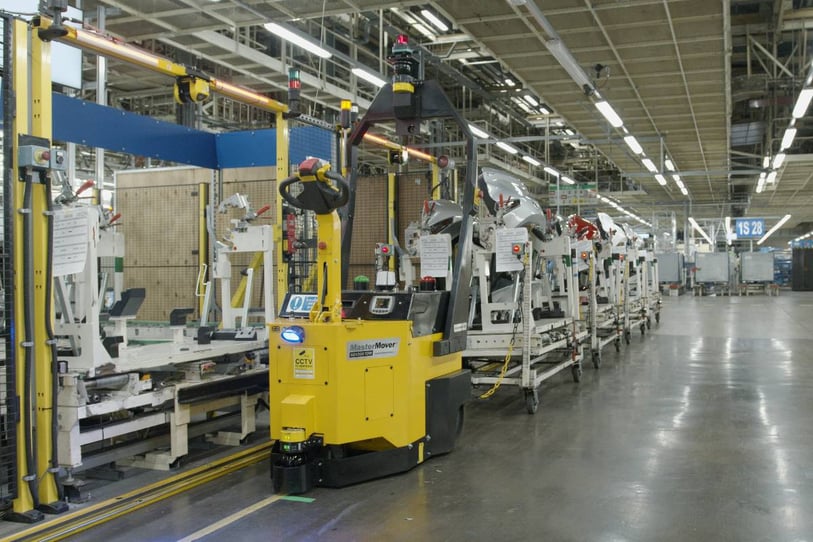
Robotic Material Handling Systems
Robotic material handling systems are a type of automation. They employ robots to carry out material handling tasks, like picking, packing, and palletising – typically carried out with robotic arms. Robotic material handling systems reduce the need for manual labour and can help provide a more consistent and efficient workflow.
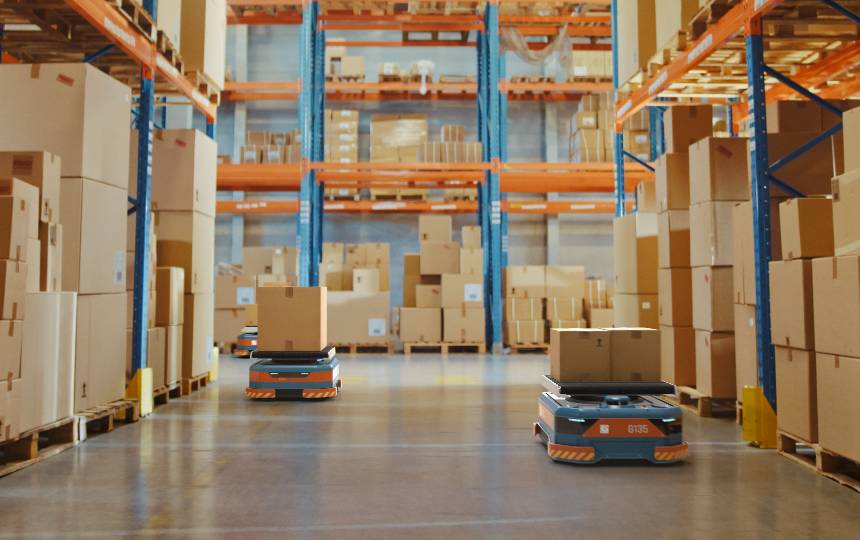
Conveyor Systems and Sorting Solutions
Conveyor systems are designed to transport materials from one location to another. They help to reduce manual handling and improve operational efficiency by moving high-volumes of materials at a constant rate.
Sortation solutions work alongside these systems to group loads based on their destination or delivery route, further streamlining the process. Conveyor systems and sortation solutions can handle large volumes of materials, making them ideal for busy logistics warehouses and distribution centres.
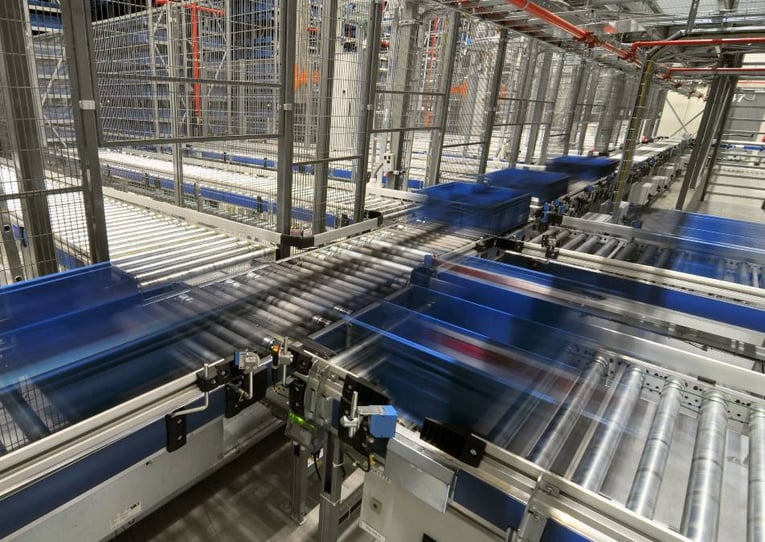
Warehouse Management Systems (WMS)
Warehouse Management Systems use automation software to optimise material handling processes. They reduce human error while providing real-time visibility and control of all material handling activities, from inventory management to order picking and packing. The system helps to manage and track inventory levels, maintain product quality, and eliminate delays caused by miscommunication or human error.

Material Handling Equipment
The market for material handling equipment is expansive, encompassing a range of different equipment. Various solutions exist for lifting loads, such as forklift trucks, overhead cranes and pallet trucks. Other types of mechanical handling equipment are available such as electric tugs, shunters and tow tractors. As technology across the industry continues to evolve, more advanced, autonomous solutions such as AGV forklifts and electric tugs are becoming more popular.
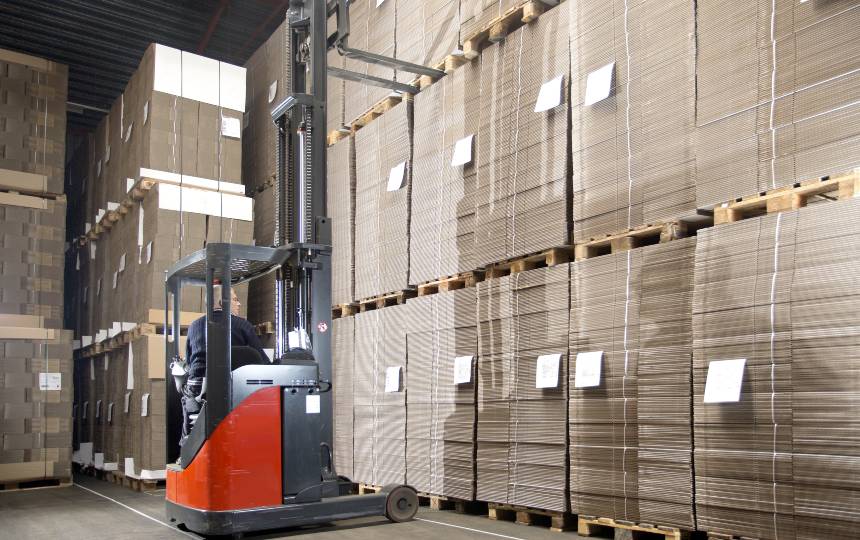
Electric Tugs
Electric tugs are a type of material handling equipment designed to move heavy-wheeled loads. Electric tugs help businesses streamline their material handling processes and increase efficiency. They are available as pedestrian operated or as more advanced solutions, such as remote control and automated guided vehicles (AGVs).
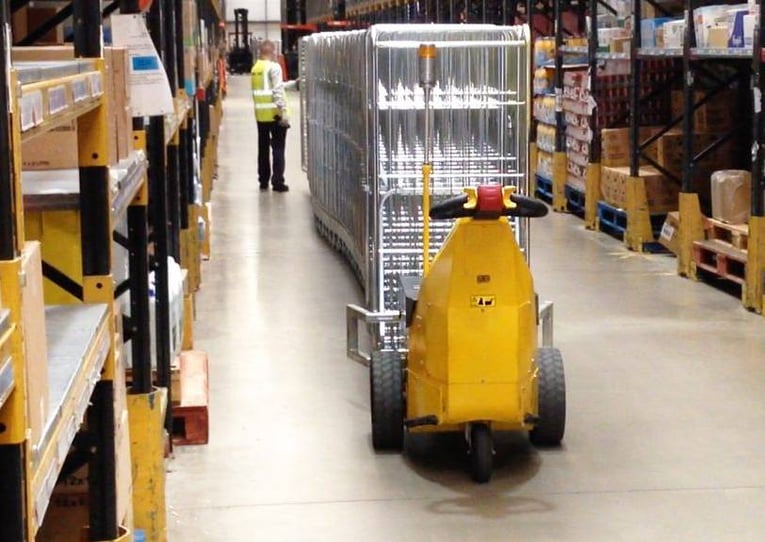
The ultimate guide to material handling
Material handling equipment
Looking to understand material handling in a little more detail?
We’ve compiled some helpful resources to get you started.
-
10 Principles of MHE
-
Best forklift trucks
-
Material handling in manufacturing
-
Forklift trucks vs electric tugs
-
Shunters vs electric tugs
-
Tow tractors vs electric tugs
-
Overhead cranes vs electric tugs
-
AGVs vs Traditional MHE
-
A fork-free future
-
What is intralogistics?
-
Diesel forklift alternatives
-
Benefits of tugger trains
Choosing Material Handling Solutions – What to Keep in Mind
When selecting the most appropriate equipment or solution, several factors should be taken into consideration:
1. Assessing Your Current Material Handling Needs
Understand your current processes and identify the areas that need improvement. This will enable you to choose a solution that meets your specific requirements.
2. Fit for the Future
Any solution you choose should be scalable to help accommodate future needs. It should also be flexible enough to adjust to changes in demand and workload.
3. Analysing the Return on Investment (ROI)
Before investing in any solution, calculate the costs versus the benefits. Ensure that the potential ROI aligns with your business goals and objectives.
4. Ensuring Safety and Compliance
The solution chosen should maximise operator safety and comply with industry regulations. Ensure that any solution maximises the safety of workers and the integrity of the product.
For lifting equipment such as forklift trucks, it's important to make sure drivers are properly trained and the correct maintenance schedule is in place to comply with regulatory requirements.
Key Considerations: Implementing Advanced Material Handling Systems
Implementing advanced handling systems can be challenging, but considering these factors early-on will help:
Thank you for submitting your consultation request.
A member of the team will be in touch shortly.
-
Integrating New Technologies with Existing Systems
The solution chosen should integrate seamlessly with existing processes and systems. This ensures that there is no disruption to the workflow, and efficiency is not compromised.
-
Operator Training
Before implementing any new technology, it’s important to provide sufficient training to ensure staff can operate any equipment safely and efficiently.
-
Maintaining Handling Equipment
Regular maintenance and servicing of an advanced material handling system will ensure it operates efficiently and reduces the risk of breakdowns. This will minimise downtime and ensure timely delivery of products.
Conclusion
Advanced material handling systems can significantly improve efficiency and reduce costs in a business. Every solution has its own pros and cons. The best solution for a business depends on its individual needs.
It's crucial to assess current handling processes, analyse the potential ROI and ensure that the chosen solution complies with industry safety standards. Overall, implementing the right material handling solution can provide a significant competitive advantage in today's fast-paced business environment.
We're here to help
If you’re looking to improve safety, remove the risk of injury and unlock greater operational efficiency, we’re here to help. Speak to our team to discuss your application.